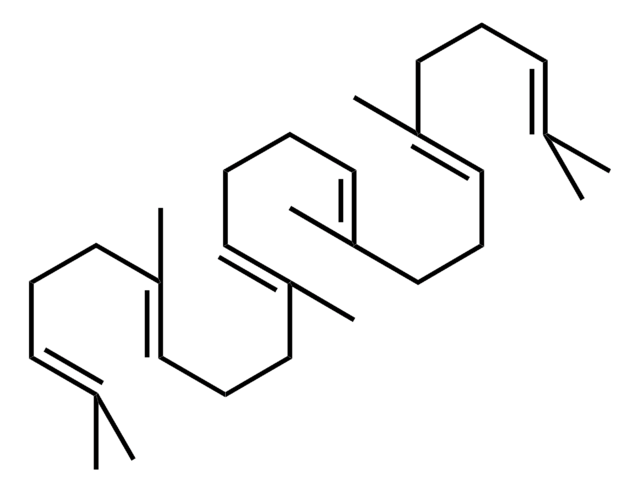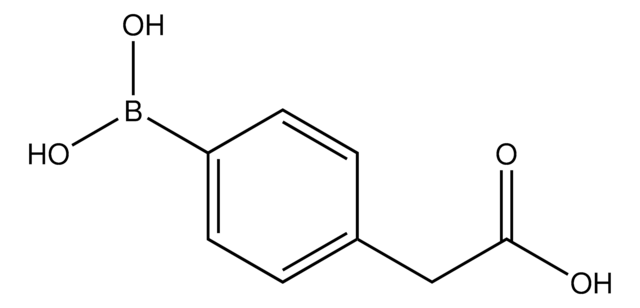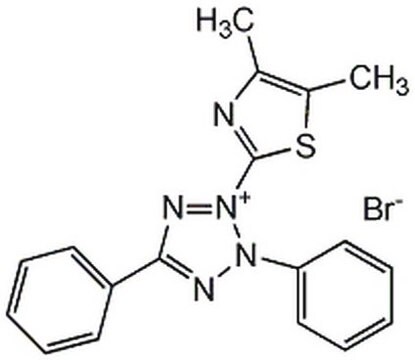V900238
Diethylene glycol monoethyl ether
Vetec™, reagent grade, 99%
Sinónimos:
2-(2-Ethoxyethoxy)ethanol, CARBITOL™, Diethylene glycol ethyl ether, Ethyldiglycol
About This Item
Productos recomendados
grado
reagent grade
densidad de vapor
4.63 (vs air)
presión de vapor
0.12 mmHg ( 20 °C)
Línea del producto
Vetec™
Análisis
99%
formulario
liquid
lim. expl.
1.2 %, 135 °F
23.5 %, 182 °F
impurezas
≤0.10% water
water
índice de refracción
n20/D 1.427 (lit.)
bp
202 °C (lit.)
mp
-80 °C (lit.)
densidad
0.999 g/mL at 25 °C (lit.)
cadena SMILES
CCOCCOCCO
InChI
1S/C6H14O3/c1-2-8-5-6-9-4-3-7/h7H,2-6H2,1H3
Clave InChI
XXJWXESWEXIICW-UHFFFAOYSA-N
¿Está buscando productos similares? Visita Guía de comparación de productos
Información legal
Código de clase de almacenamiento
10 - Combustible liquids
Clase de riesgo para el agua (WGK)
WGK 1
Punto de inflamabilidad (°F)
204.8 °F - closed cup
Punto de inflamabilidad (°C)
96 °C - closed cup
Certificados de análisis (COA)
Busque Certificados de análisis (COA) introduciendo el número de lote del producto. Los números de lote se encuentran en la etiqueta del producto después de las palabras «Lot» o «Batch»
¿Ya tiene este producto?
Encuentre la documentación para los productos que ha comprado recientemente en la Biblioteca de documentos.
Nuestro equipo de científicos tiene experiencia en todas las áreas de investigación: Ciencias de la vida, Ciencia de los materiales, Síntesis química, Cromatografía, Analítica y muchas otras.
Póngase en contacto con el Servicio técnico






